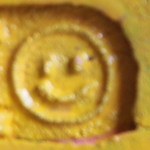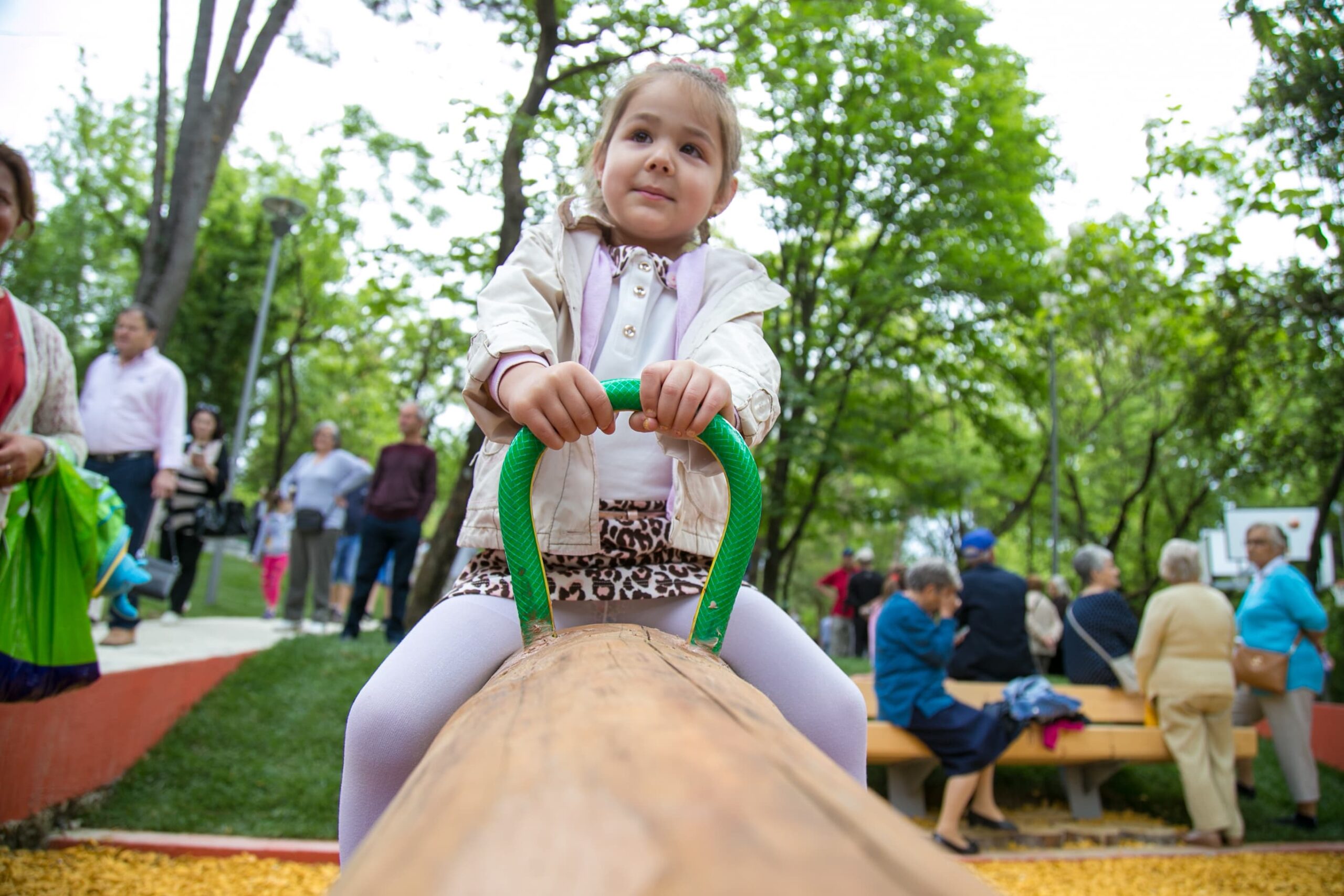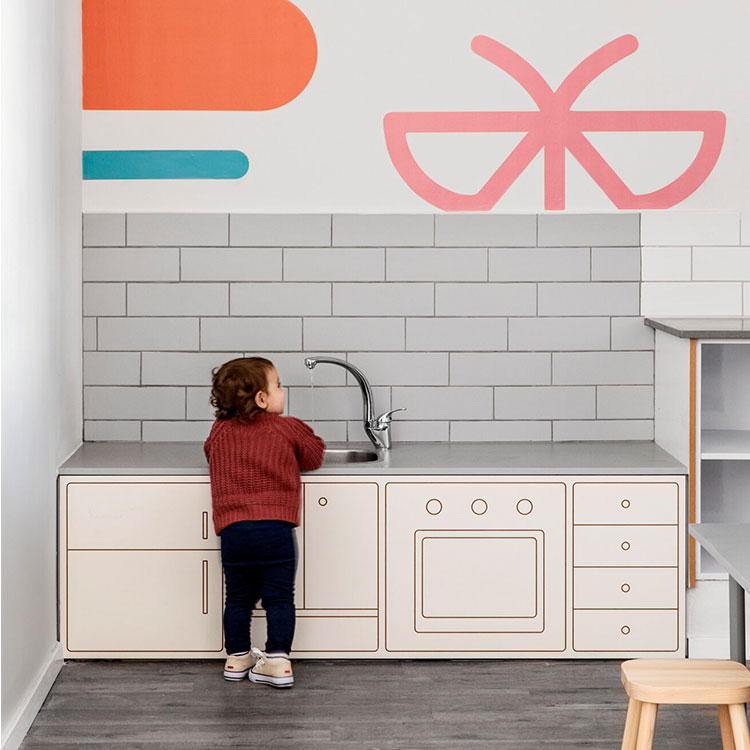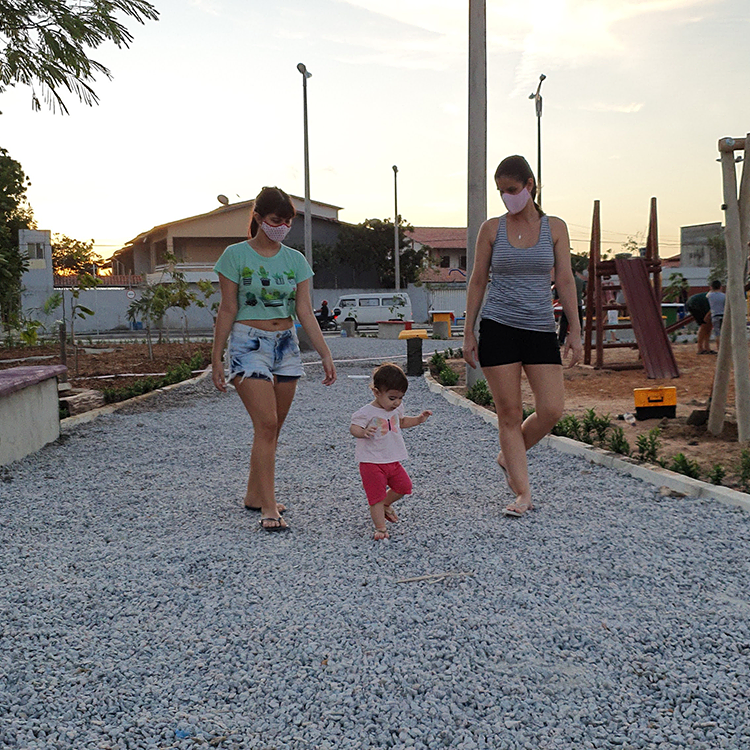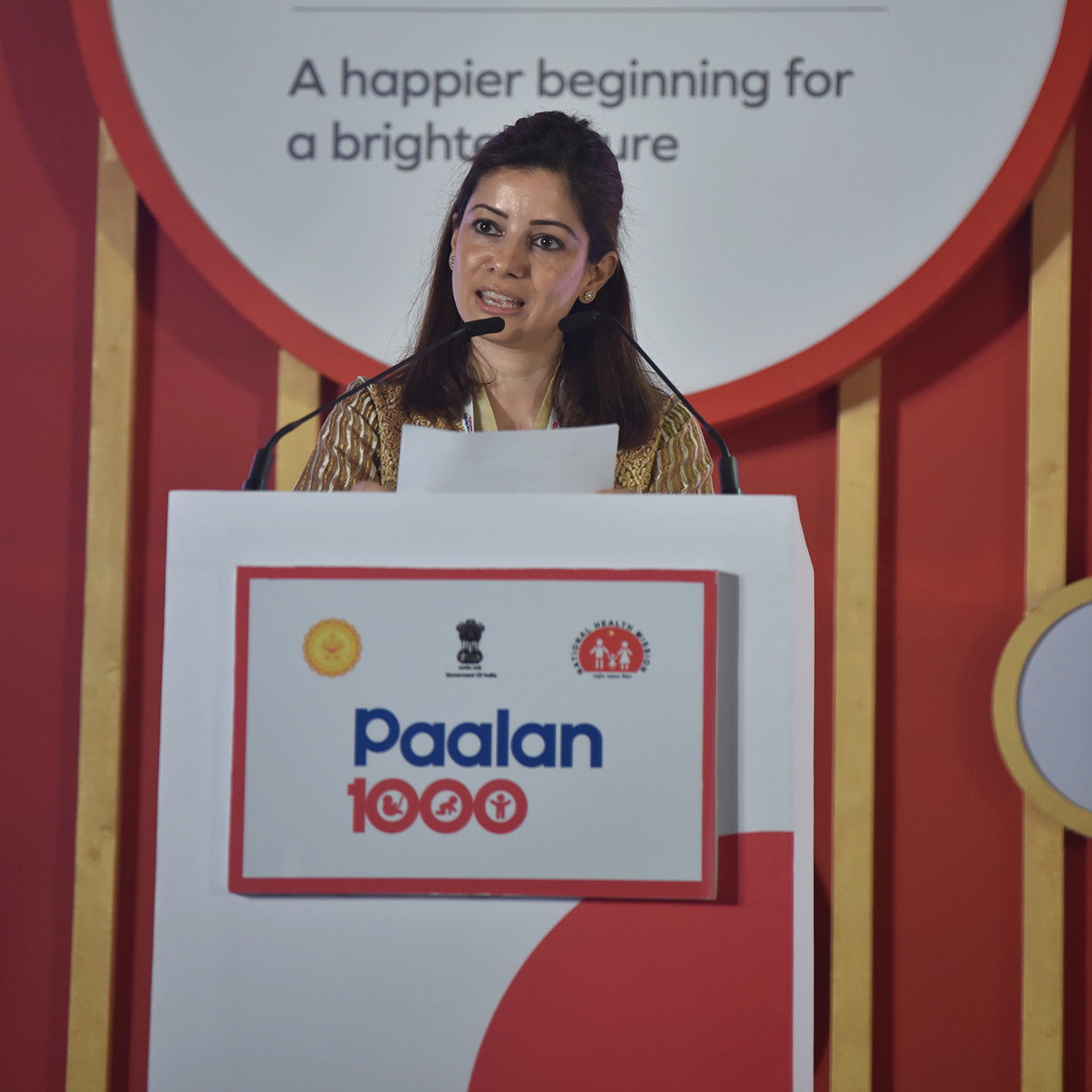A smiley is a symbol that represents a smiling face, typically used to indicate emotion. As per Smithsonian, the smiley face as we know it today was created by Harvey Ross Ball, an American graphic artist. The image of the smiley face gives a look of pleasantness and safety – and this smiley now represents the smiling face of the young migrants living in brick kiln worksites.
Smiley bricks were introduced in SVR, VBC, RVK and SEBI brick kiln chambers near Chennai in 2016 by Aide et Action, a non-profit working with children, under its project ‘Care and safe environment for young migrants at worksite’, supported by the Bernard van Leer Foundation.
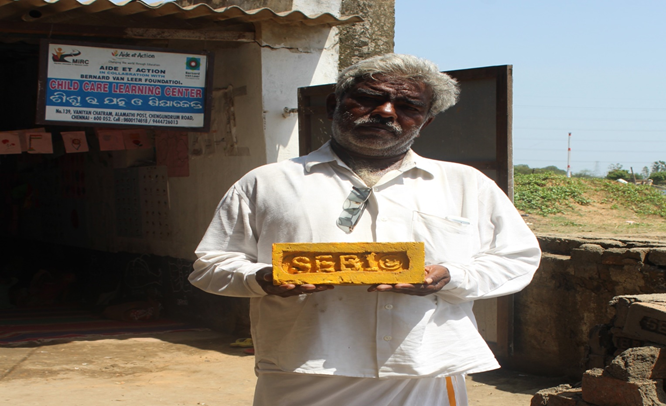
Brick kilns are worksites where seasonal migrants are employed for about six-to-eight months a year. The brick-making industry witnesses employment of young children. Young migrants at the worksites either support their parents in brick making or take care of their siblings in a very unsafe and unhealthy environment.
There is lack of basic amenities in the worksites, and migrant workers and their children live in precarious conditions. It is imperative to ensure a more protective and healthy environment for young children in the worksites.
The ‘smiley brick’ was a suggestion by Dharitri Patnaik, Senior Country Representative of the Bernard van Leer Foundation. It was felt that branding the bricks with a smiley would give them credibility among builders and users – making people aware of the perils in which young children live in the kilns with their parents.
A ‘smiley brick’ would show that the kiln is child-friendly and provides the migrant workers with young children all early childhood development care and services such as proper housing, water and sanitation, healthcare, nutrition and a safe environment.
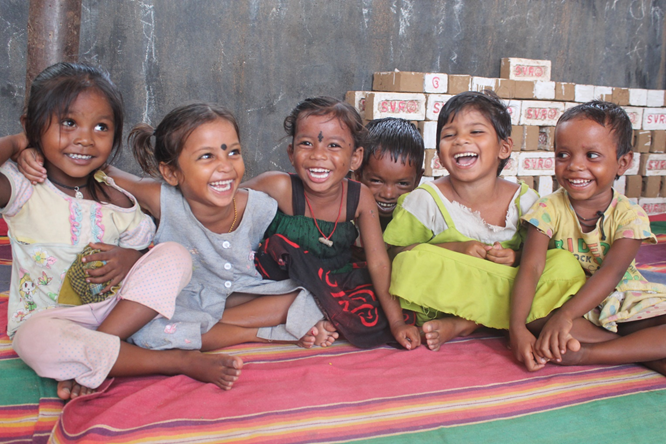
When discussing the issue of young migrants with the brick kiln owners, their response was quite positive. They showed interest in manufacturing their bricks with smiley symbols. The brick kiln owners and migrant families, who manufacture the bricks, have been sensitised towards the objective of moulding smiley symbols in their bricks.
Aide et Action has introduced the smiley bricks initiative to other brick owners, who will also manufacture them in future. This will be shared with government officials through various consultative processes to make it mandatory for brick manufacturers – a sign that the bricks are made without engaging children, and that young children of migrant workers can access early childhood care and services.
